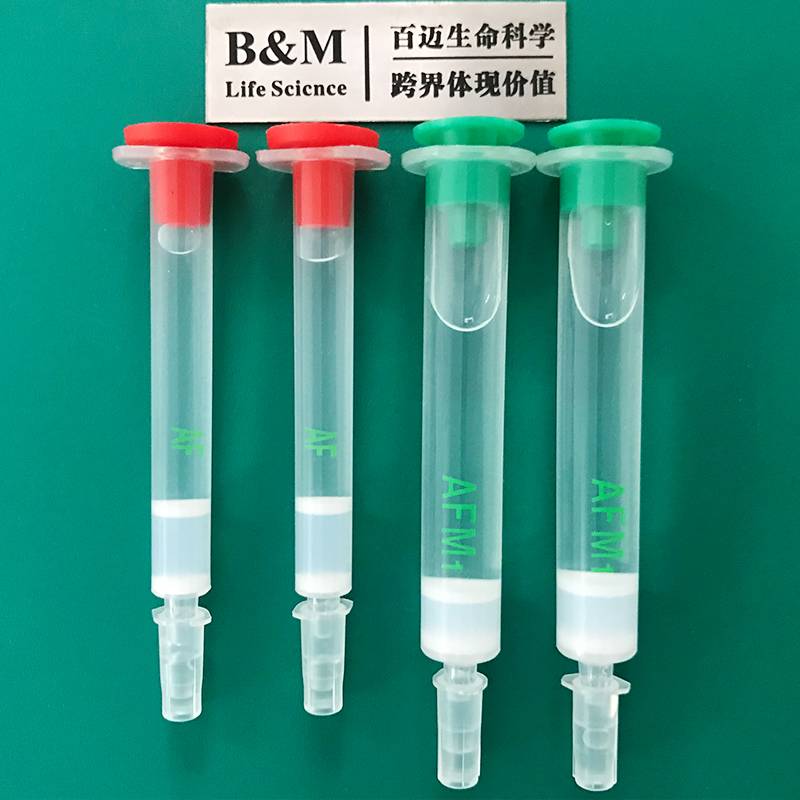The separation and purification of proteins is widely used in biochemistry research and application and is an important operational skill. A typical eukaryotic cell can contain thousands of different proteins, some are very rich and some contain only a few copies. In order to study a certain protein, it is necessary to first purify the protein from other proteins and non-protein molecules.
1. Salting-out method of protein:
Neutral salt has a significant effect on the solubility of protein. Generally, with the increase of salt concentration under low salt concentration, the solubility of protein increases. This is called salting; when the salt concentration continues to increase, The solubility of protein decreases to varying degrees and separates out one after another. This phenomenon is called salting out.
2. Isoelectric point stacking method:
The electrostatic repulsion between particles is the smallest when the protein is static, so the solubility is also the smallest. The isoelectric points of various proteins are different. The pH of the conditioning solution can be used to reach the isoelectric point of a protein Make it accumulate, but this method is rarely used alone and can be combined with the salting-out method.
3.Dialysis and ultrafiltration:
Dialysis uses a semi-permeable membrane to separate proteins of different molecular sizes. The ultrafiltration method uses high pressure or centrifugal force to make water and other small solute molecules pass through a semi-permeable membrane, while the protein remains on the membrane. You can choose different pore sizes to intercept proteins of different molecular weights.
4.Gel filtration method:
Also called size exclusion chromatography or molecular sieve chromatography, this is one of the most useful methods for separating protein mixtures according to molecular size. The more commonly used packing materials in the column are glucose gel (Sephadex ged) and agarose gel (agarose gel).
5.Electrophoresis:
Under the same pH condition, various proteins can be separated due to their different molecular weights and different charges in the electric field. It is worth paying attention to isoelectric set electrophoresis, which uses an ampholyte as a carrier. During electrophoresis, the ampholyte forms a pH gradient gradually added from the positive electrode to the negative electrode. When the protein with a certain charge swims in it, it will reach each other. The pH position of the electrical point is discontinuous, and this method can be used to analyze and prepare various proteins.
6.Ion communication chromatography:
ion communication agents include cationic communication agents (such as carboxymethyl cellulose; CM-cellulose) and anionic communication agents (diethylaminoethyl cellulose). When passing through the ion communication chromatography column, the protein with the opposite charge to the ion communication agent is adsorbed on the ion communication agent, and then the adsorbed protein is eluted by changing the pH or ionic strength.
7.Affinity chromatography:
Affinity chromatography is an extremely useful method for separating proteins. It often requires only one step to separate a certain protein to be purified from a messy protein mixture with high purity.
This method is based on the specific rather than covalent binding of certain proteins to another molecule called a ligand (Ligand).
The basic principle:
proteins exist in a messy mixture in tissues or cells, and each type of cell contains thousands of different proteins. Therefore, the distinction between proteins is an important part of biochemistry, and it has not been alone. Or a set of ready-made methods can remove any kind of protein from a messy mixed protein, so several methods are often used in combination.
Post time: Nov-05-2020

